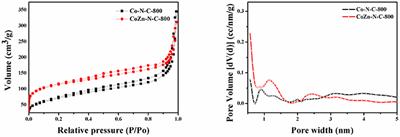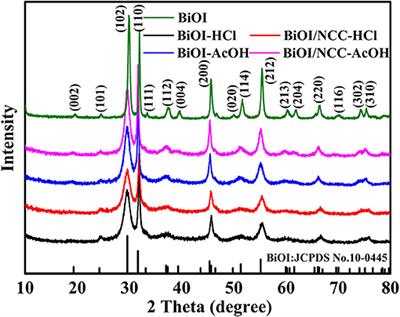REVIEW
Published on 12 Nov 2019
N-Doped Mesoporous Carbons: From Synthesis to Applications as Metal-Free Reduction Catalysts and Energy Storage Materials

doi 10.3389/fchem.2019.00761
- 4,542 views
- 29 citations
4,144
Total downloads
19k
Total views and downloads
You will be redirected to our submission process.
REVIEW
Published on 12 Nov 2019

ORIGINAL RESEARCH
Published on 27 Aug 2019

ORIGINAL RESEARCH
Published on 27 Jun 2019

ORIGINAL RESEARCH
Published on 24 May 2019

